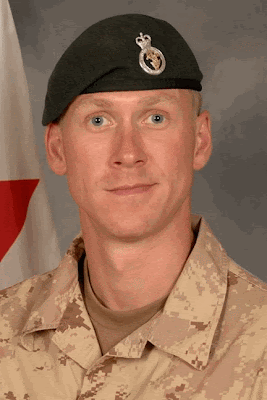Dear Saanich South,
With only 10 weeks left in my first term as your MLA, I am pausing work on this website. This has been an absolutely non-partisan effort, but with an election nearing it feels like an appropriate time to stop work on this website so there is no sense of cross-purposes.
I would like to - once again - thank all the "Saanich Stars" for their excellent efforts to make Saanich, and our larger community, a better place.
As a final entry in this chapter of Saanich Stars, I would like to feature four remarkable individuals, each of whom recently received the Queen's Diamond Jubilee Medal to honour significant contributions and achievements.
Best, LanaHaji Charania gained distinction for his 26 years of service with the BC Buildings Corporation, first as a Project Manager and then as a Director. Since retiring in 2003, he has volunteered countless hours to improve the quality of life in Saanich. Contributions include serving on the Saanich Police Board, the Saanich Board of Variance, the Victoria Airport Authority Board, the Saanich Volunteer Services Society and the North Quadra Land Use Protection Association.
RCMP Cpl, MLA Lana Popham, Det. Paul Spencelayh, Katy Madsen, Rebecca Jehn & Haji Charania
Rebecca Jehn is a founder and driving force of the organic and local food-first community on the south Island. She helped start the Moss Street Market in 1991 and co-founded “Saanich Organics” in 1994. She has educated hundreds in small-scale food production and in food preservation methods. She continues to farm organically and inspire the next generation of farmers on the Saanich Peninsula.
Katy Madsen is a 91 year old artist, teacher, environmentalist, and activist. Her oil paintings have hung in galleries across North America and she has taught art from Walnut Creek California to Summerland BC. She was a founding director of the Sierra Club of BC and founded the Okanagan Similkameen Parks Society. She played pivotal roles in the creation of several important parks in BC and led the opposition to uranium mining in Summerland in the 1970s.
Paul Allan Spencelayh has worked as a police officer since 1997, including 10 years on the Greater Victoria Emergency Response Team/Tactical Unit. He currently serves as a detective in the Major Crime Unit. He has been recognized for risking his life to help others, including the rescue of a violent suicidal male from drowning and helping to save a disabled couple from a house fire. He has also donated many hours to volunteer work, such as coaching youth sport teams and supporting the BC Special Olympics Torch Run and the Cops for Cancer Tour de Rock.


.jpg)









.jpg)


